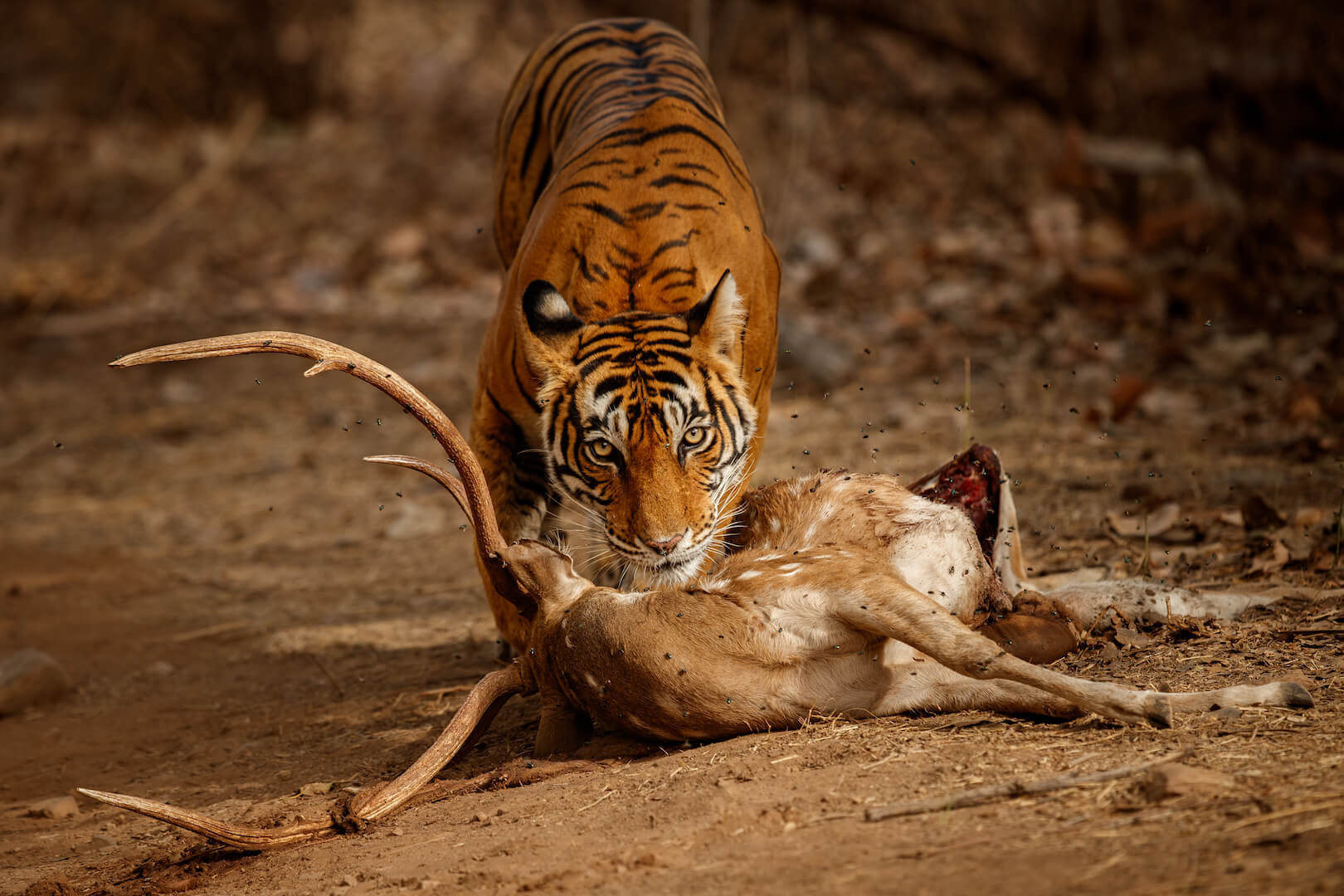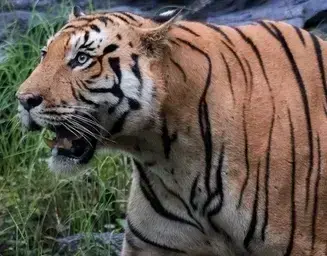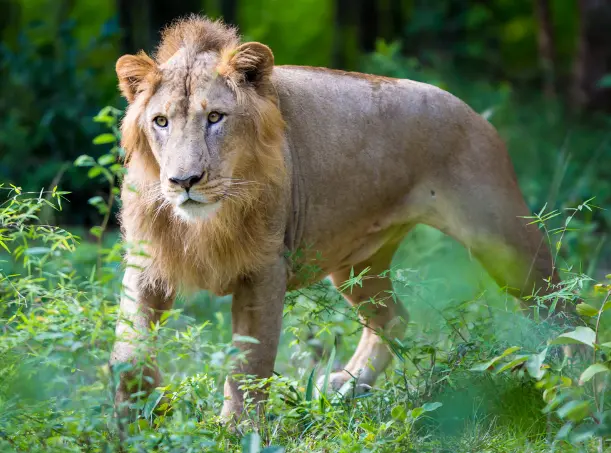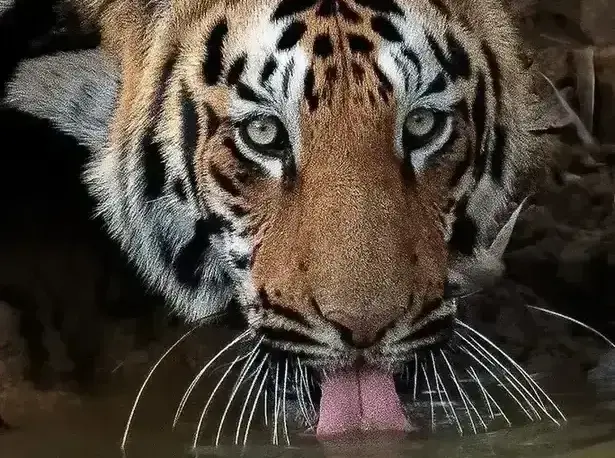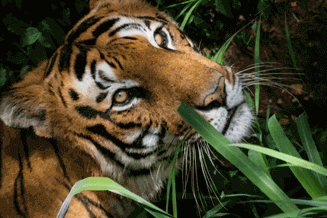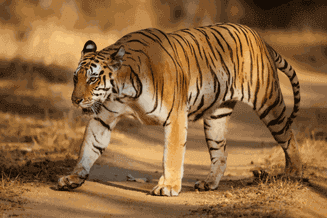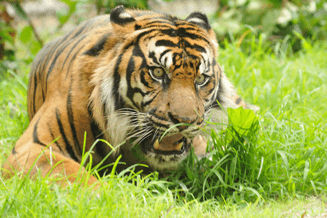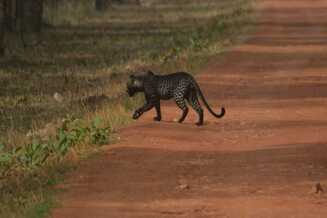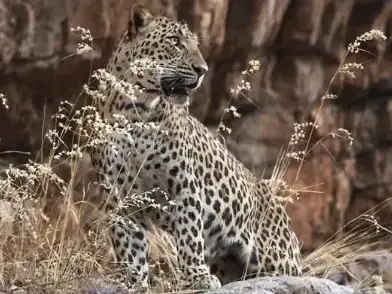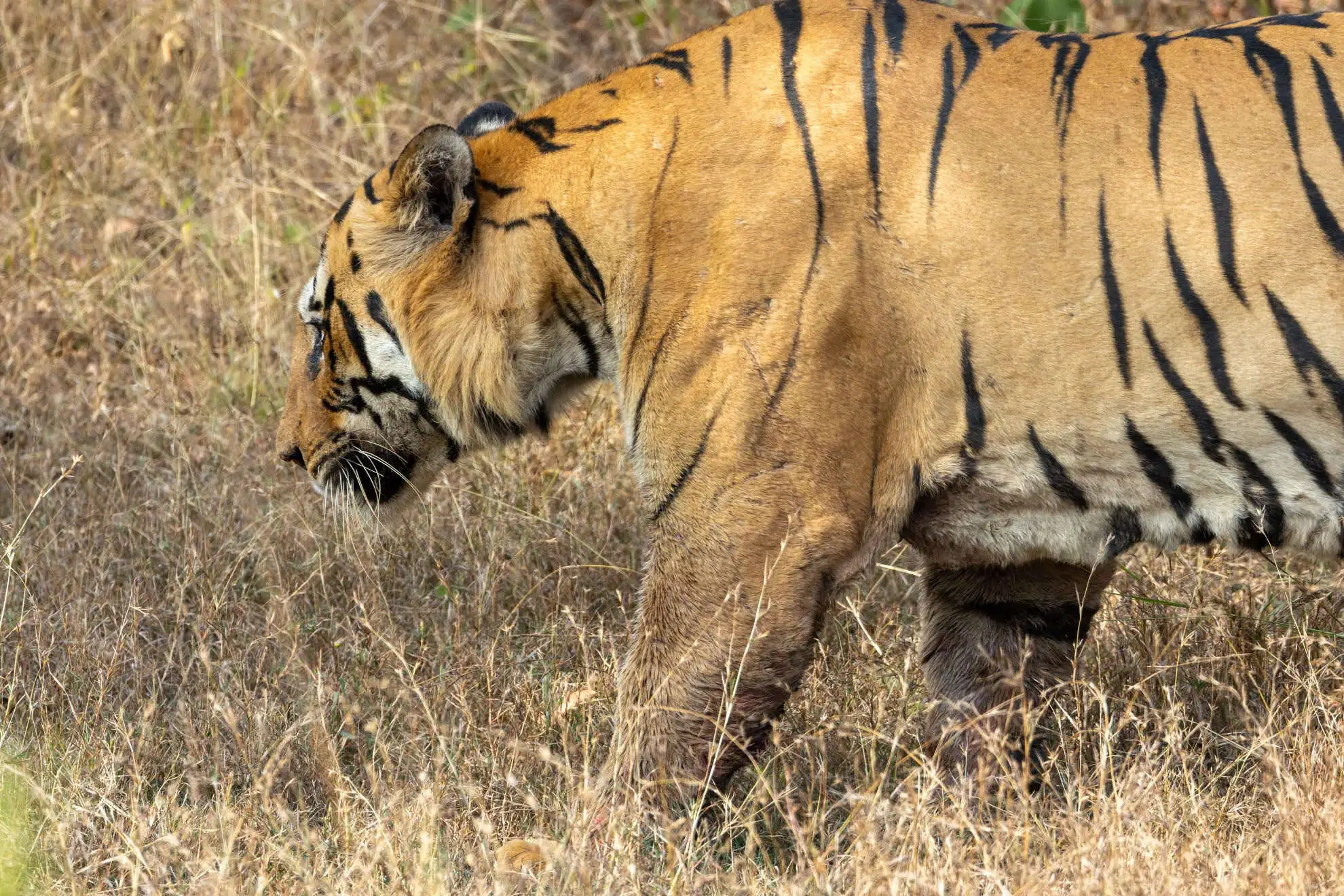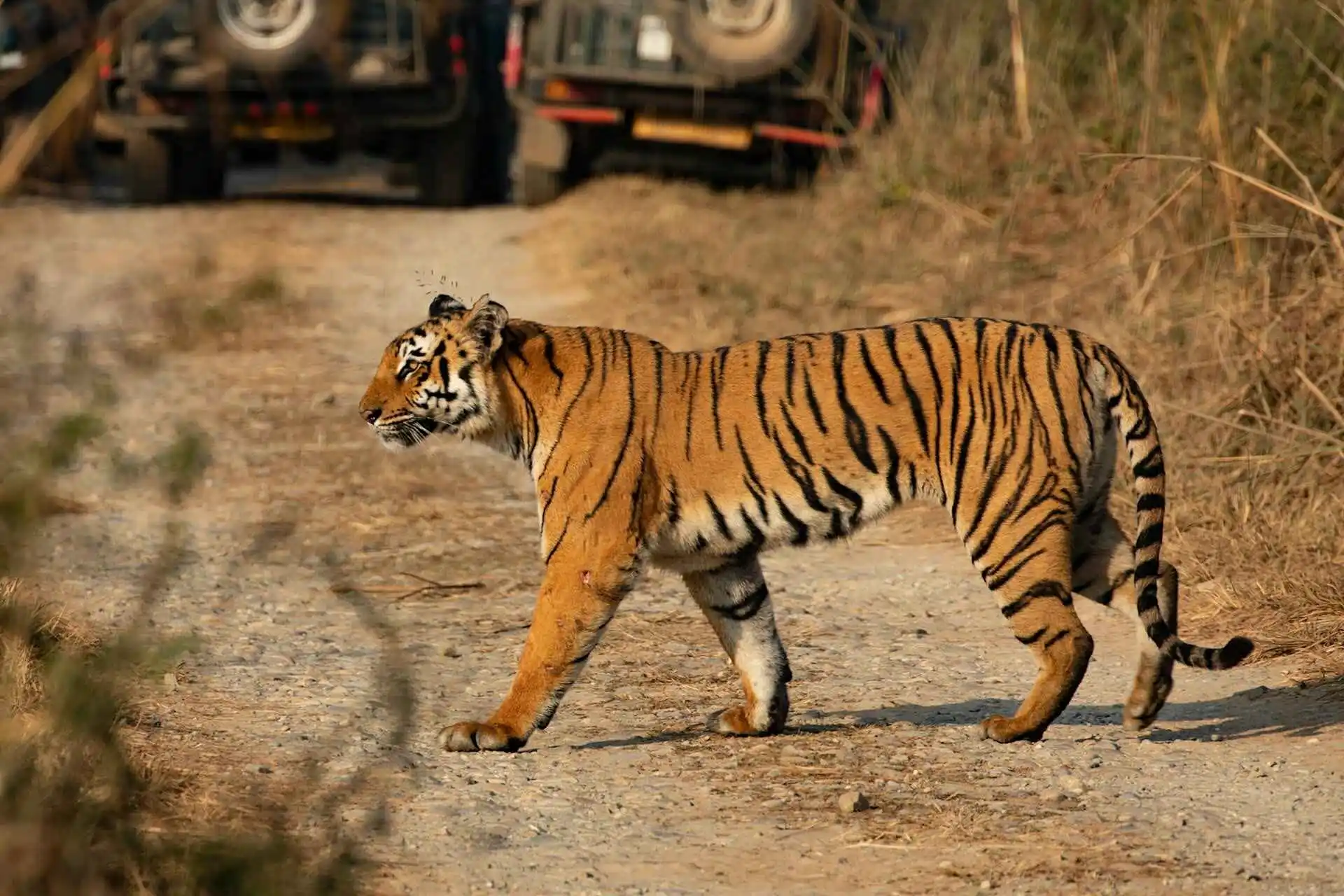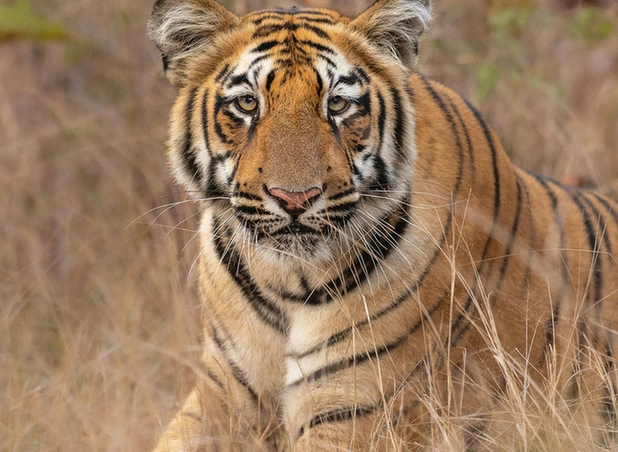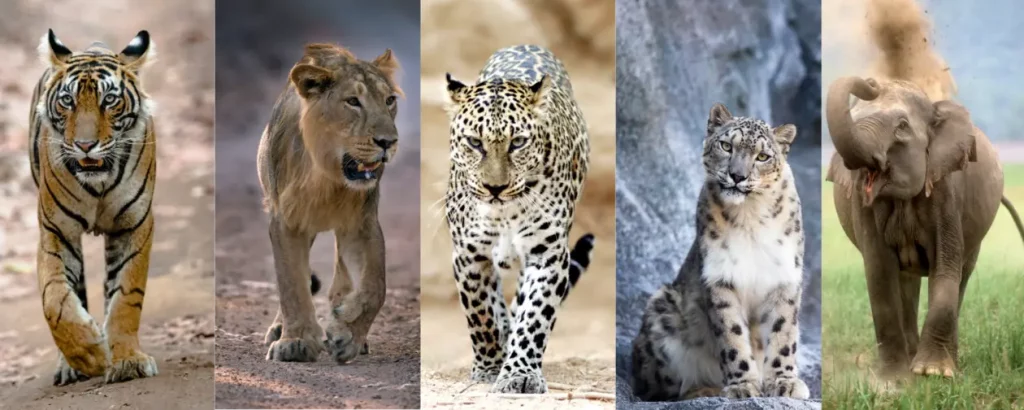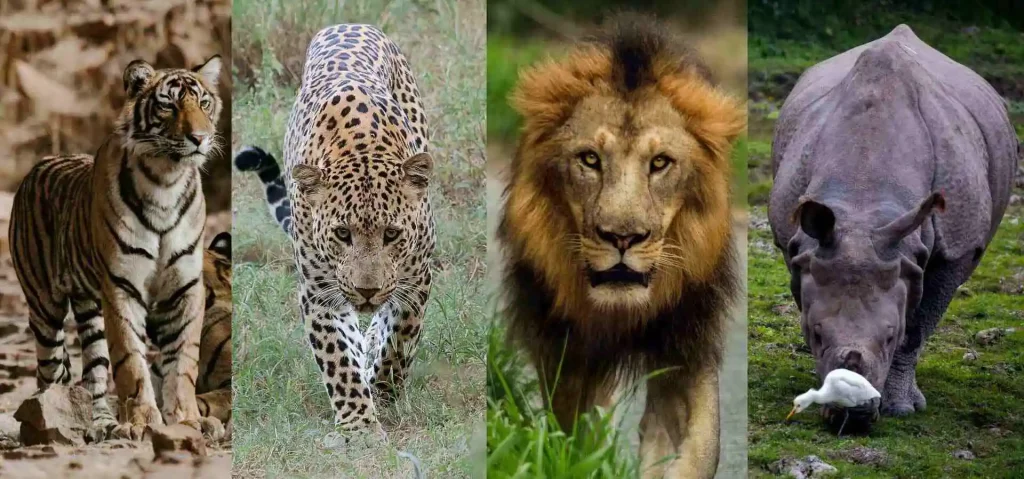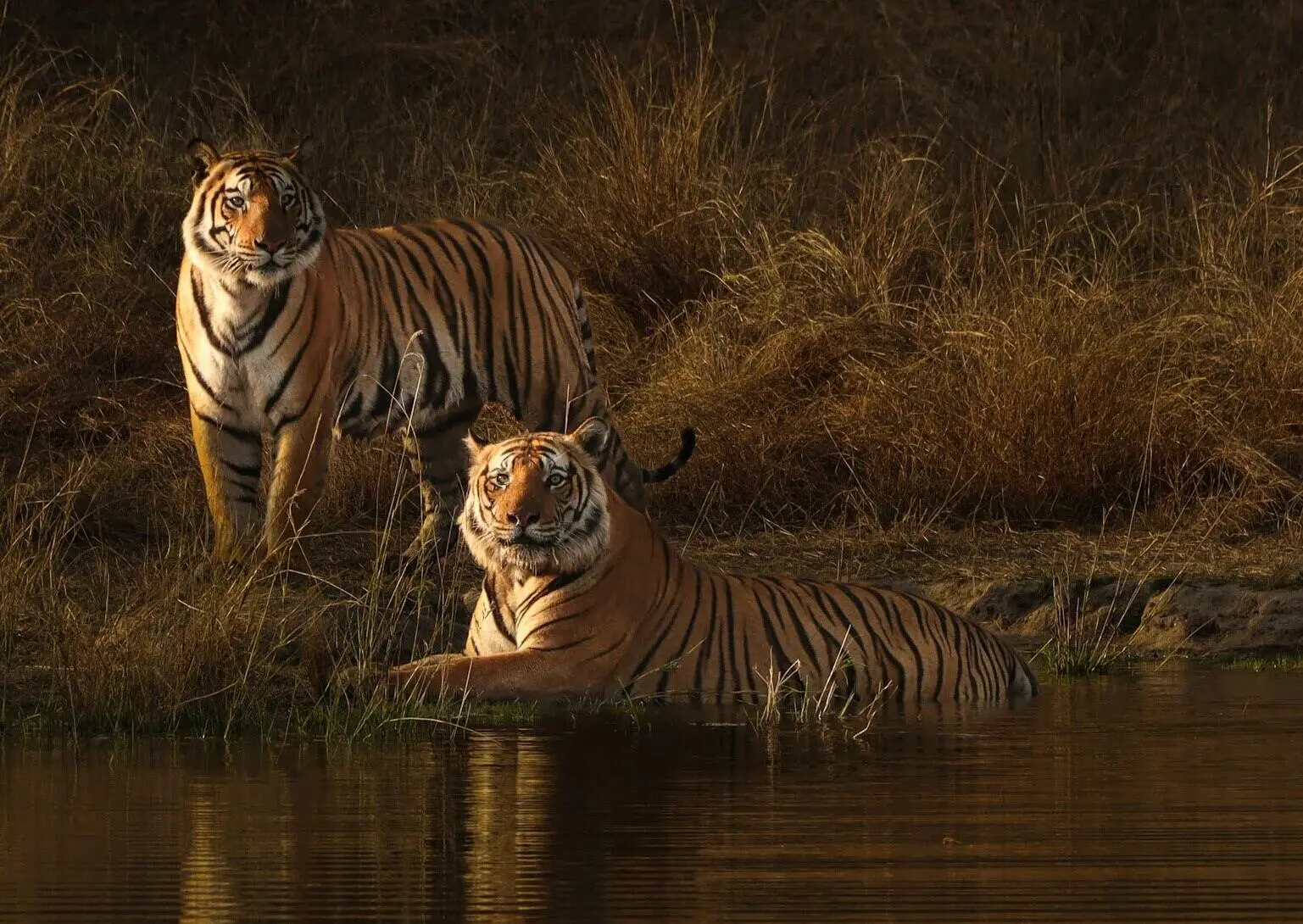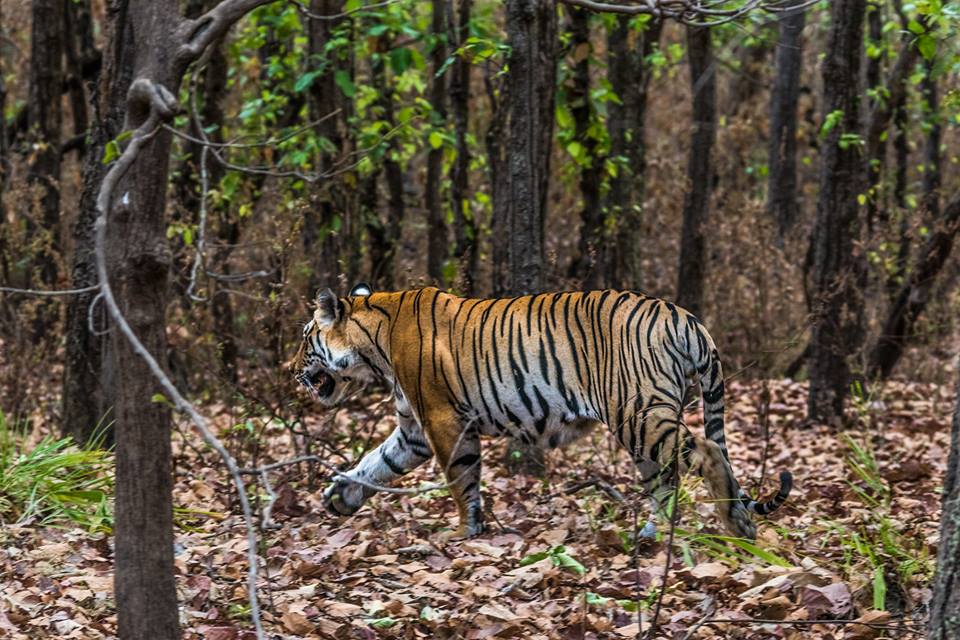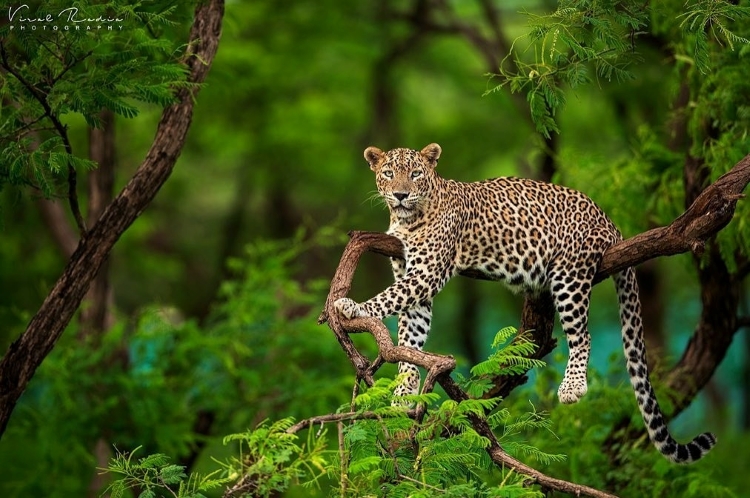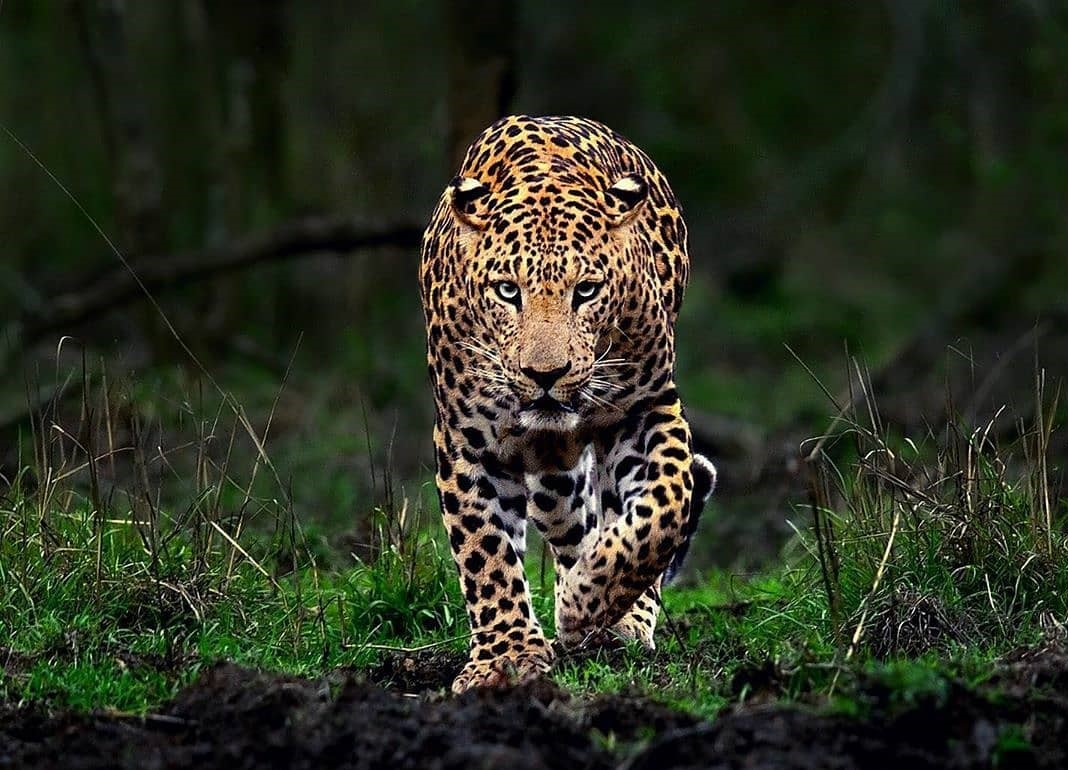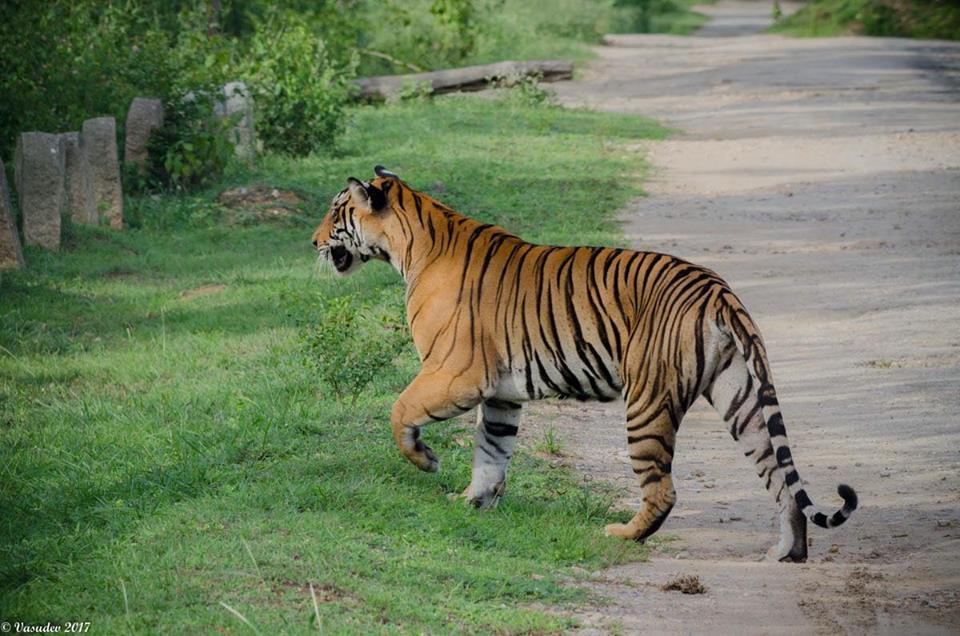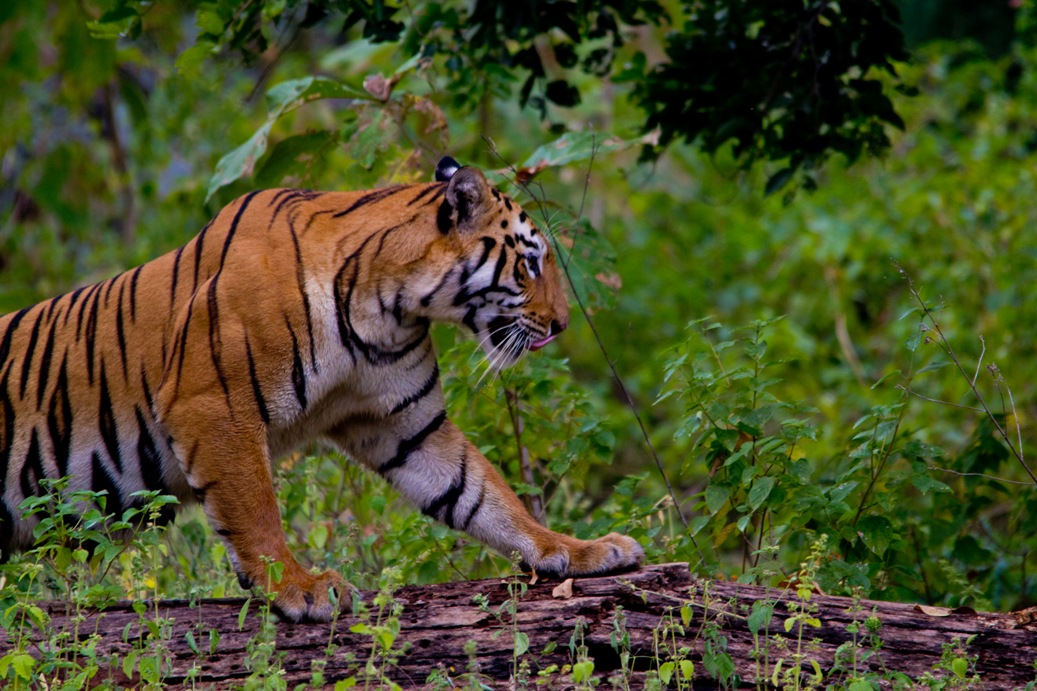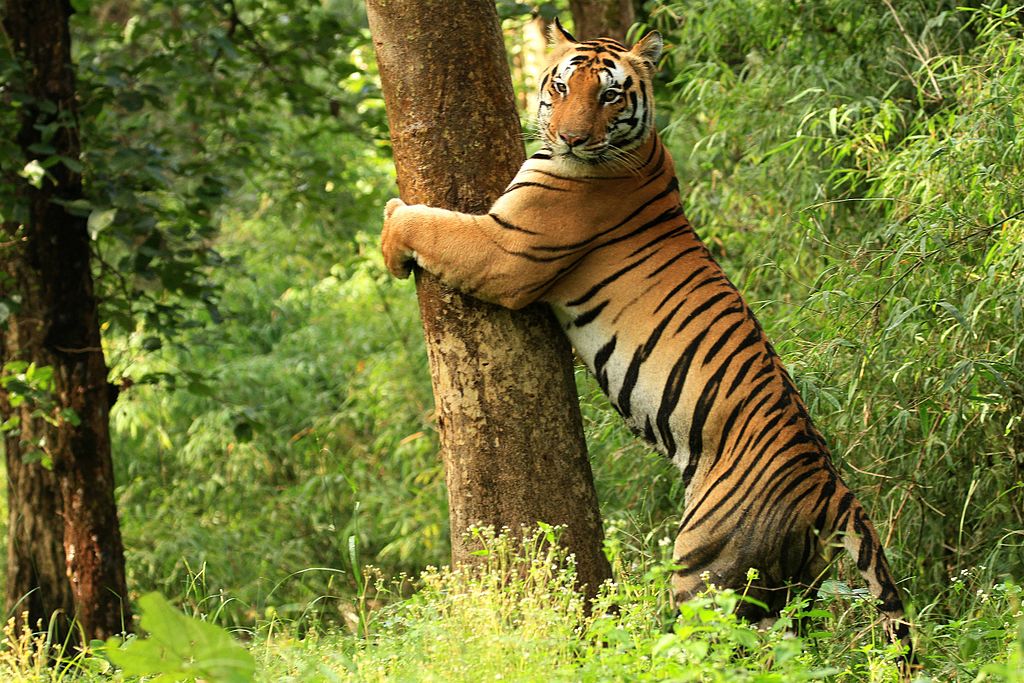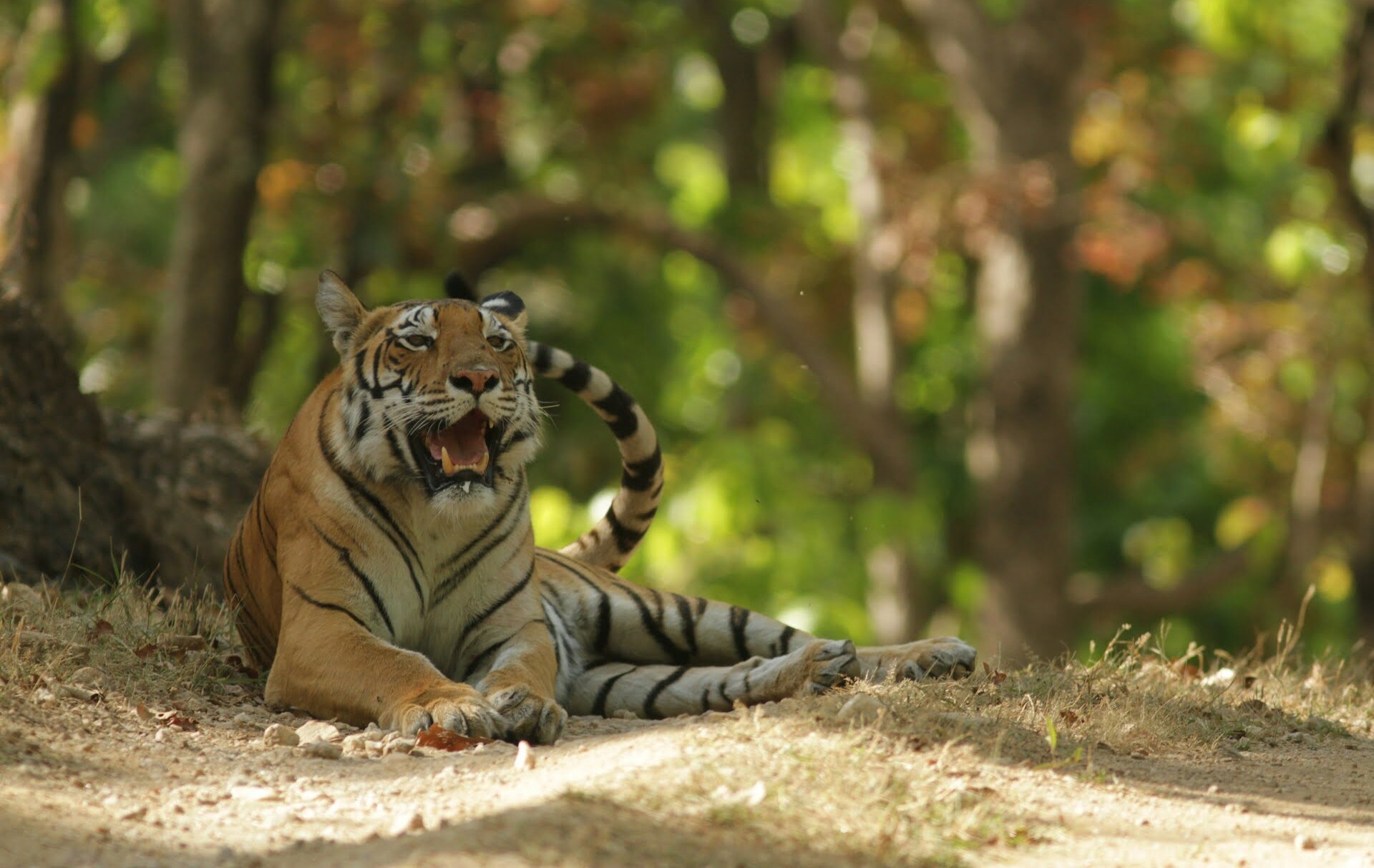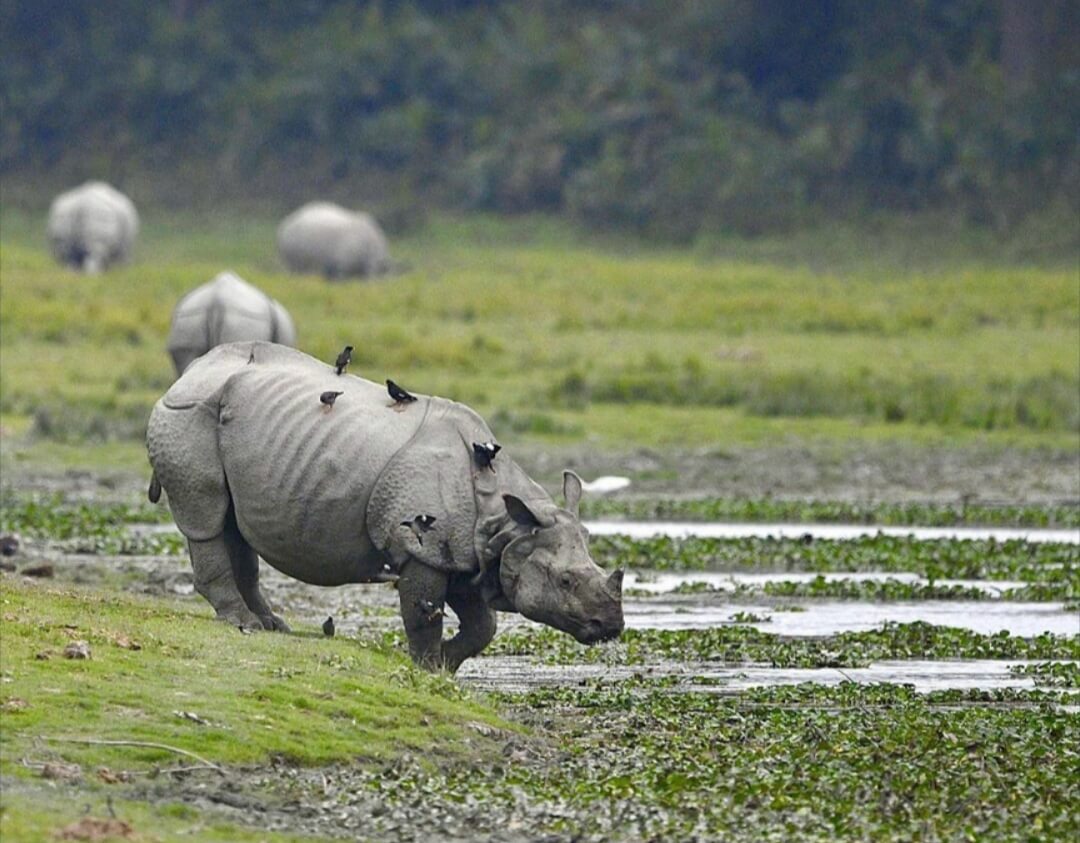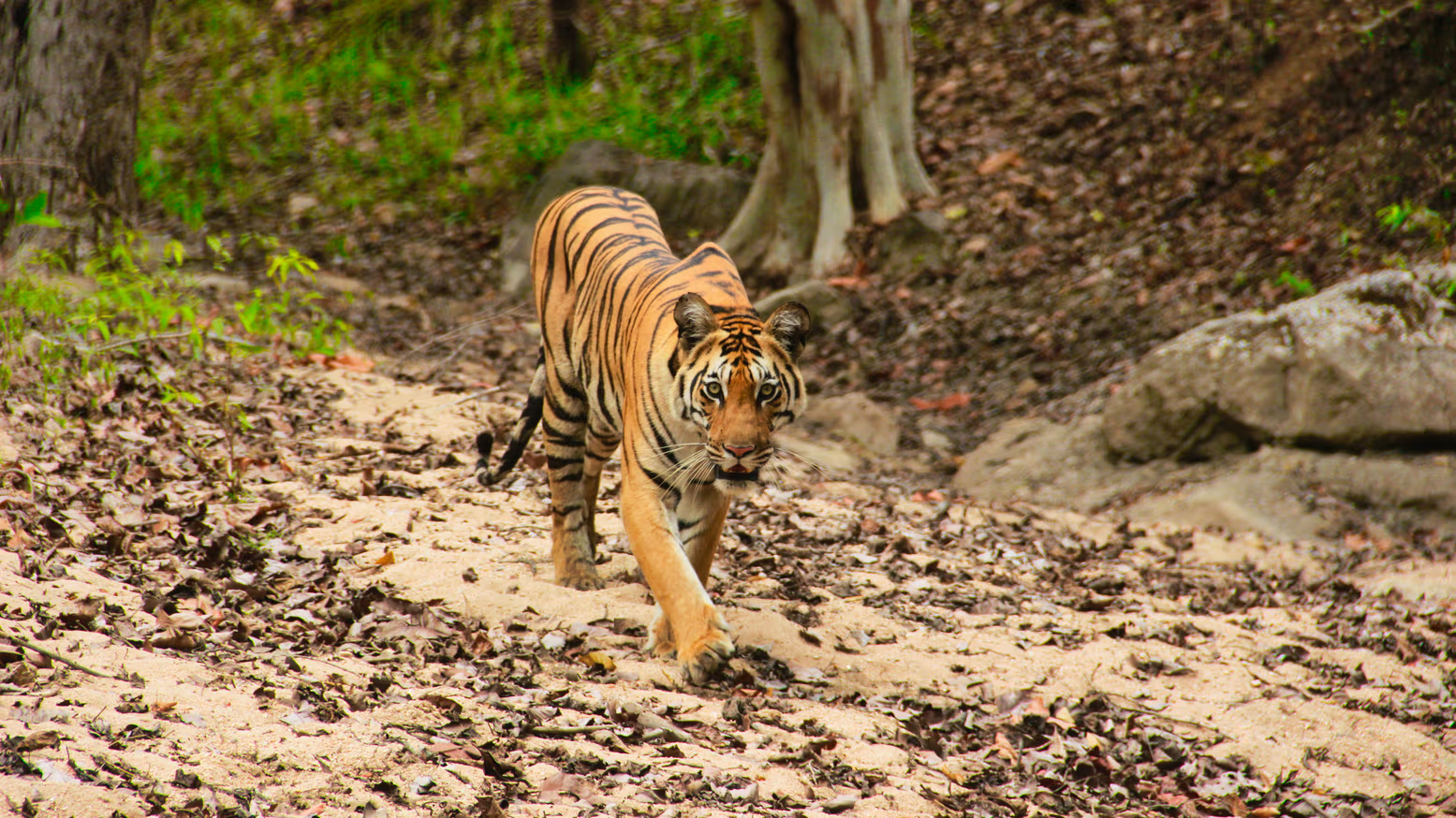Bengal tigers are highly skilled hunters with a diverse diet. Their ability to stalk, ambush, and overpower their prey is an impressive hunting ability. The blog post concentrates on understanding their hunting techniques and prey preferences, which is essential for effective tiger conservation and ensuring the long-term survival of these magnificent creatures.
Stealthy Predators
Bengal tigers are apex predators, meaning they have no natural predators other than humans. They are highly skilled hunters, using a combination of stealth, speed, and strength to capture their prey.
Hunting Techniques
- Stalking: Tigers often stalk their prey from a distance, blending in with their surroundings to avoid detection. They use their keen senses of sight, hearing, and smell to track their prey.
- Ambush: Once they have a clear shot, tigers launch a surprise attack, using their powerful leaps and sharp claws to bring down their prey.
- Chokehold: Tigers can also use a chokehold to suffocate their prey, ensuring a quick and efficient kill.
Prey Preferences
Bengal tigers are opportunistic feeders, but their diet primarily consists of large ungulates, such as:
- Deer: Sambar deer, spotted deer, and hog deer are common and easily available prey species tiger love to hunt. They are available in all the areas of Indian forests and are abundant.
- Wild boar: These tough and resilient animals are also a frequent target for tigers. Available in large numbers in Indian forests, these species are a good food for tigers.
- Gaur: The largest wild cattle in Asia, gaur can be a formidable challenge for tigers. But occasionally a fully grown male tiger can hunt an adult Indian Gaur as well.
- Elephants: While less common, tigers may occasionally prey on young elephant calves if they find them separated from the herd.
Factors Affecting Prey Choice
Several factors influence a tiger’s choice of prey, including:
- Availability: Tigers will typically target prey that is most abundant in their habitat. However. Sometimes a lost tiger feeds on human cattles around the buffer zones of the forest as well.
- Size and vulnerability: Smaller, more vulnerable prey are easier to catch and consume. However, tigers are efficient in catching and hunting bigger preys as well. Prey like Indian Gaur, Bule bull, etc
- Nutritional value: Tigers need to consume a variety of prey to meet their nutritional needs.
Do tigers feed on live stock or cattle?
Bengal Tigers typically don’t intentionally kill cattle. However, there are a few reasons why conflict between tigers and cattle can arise:
- Habitat Overlap: As human populations expand and encroach on tiger habitats, the chances of encounters between tigers and cattle increase.
- Predation on Livestock: In rare cases, tigers may prey on livestock, especially if they are unable to find their preferred prey, such as deer or wild boar. This can lead to conflict with local communities.
- Human-Wildlife Conflict: In some areas, tigers may be perceived as a threat to human safety or livelihoods. This can lead to retaliatory killings by humans, which can further reduce tiger populations.
To mitigate human-tiger conflict, conservation efforts often focus on:
- Habitat Protection: Preserving and restoring tiger habitats to reduce encounters with humans and livestock.
- Community Engagement: Working with local communities to develop strategies for coexistence and compensation for livestock losses.
- Anti-Poaching Measures: strengthening anti-poaching efforts to protect tigers and their prey.
By addressing these issues, it is possible to reduce conflict between tigers and cattle and ensure the survival of these magnificent creatures

